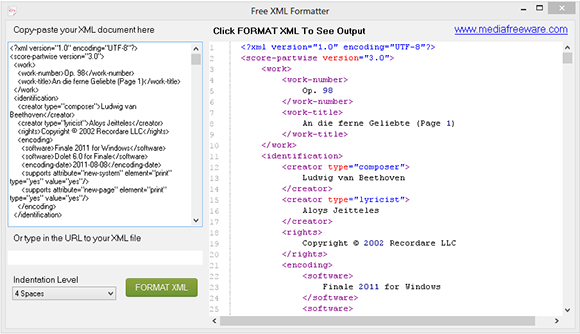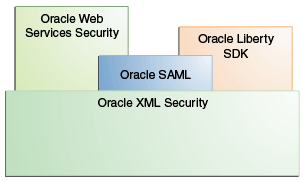

System-specific optimizations are represented as XML translation rules, which can be defined separately from an application code.
#Xml tools rose code#
Instead of directly modifying an application code, programmers can define their own code transformations to optimize the code for each system. Then, the transformed AST is given back to the ROSE compiler framework so that the AST is unparsed to generate a transformed application code. So the programmers can use any XML-related technologies and tools to transform the AST. XevXml converts a ROSE’s AST to an XML document, and exposes it to programmers. The current implementation of XevXml is built on top of the ROSE compiler framework. XevXml is developed for XML-based AST transformations as an easy way to provide user-defined code transformations. It is not affordable to reoptimize the whole code whenever a new system becomes available. This is one main reason why HPC application migration is so painful. To make matters worse, such system-aware, system-specific code optimizations are likely to be scattered over the application code.
#Xml tools rose portable#
As a result, the performance is not portable to other systems. Since the top priority is usually given to performance, an HPC application is often optimized and specialized for a particular HPC system. The purpose of this project is to help migration of legacy HPC applications to new-generation systems by improving their performance portabilities across system generations.
#Xml tools rose software#
Xevolver XML (XevXml) is one of software products developed by the Xevolver project supported by JST “Post-Peta” CREST. Hence, the users can use any XML tools for user-defined AST transformations, and then generate a transformed version of the C/Fortran code. XevXml provides interconversion between an abstract syntax tree (AST) of a C/Fortran code and an XML document. It is usually stored in a simple text file and is processed by special software that is capable of interpreting XML.XevXml is a framework for user-defined code transformations based on XML. XML does not qualify to be a programming language as it does not perform any computation or algorithms. These programs instruct the computer to perform specific tasks. Is XML a Programming Language?Ī programming language consists of grammar rules and its own vocabulary which is used

The tags and surround the text Hello, world!. The tags and mark the start and the end of the XML code fragment. This snippet includes the markup symbols, or the tags such as.

More specifically, a markup language is a set of symbols that can be placed in the text of a document to demarcate and label the parts of that document.įollowing example shows how XML markup looks, when embedded in a piece of text − So what exactly is a markup language? Markup is information added to a document that enhances its meaning in certain ways, in that it identifies the parts and how they relate to each other. XML is a markup language that defines set of rules for encoding documents in a format that is both human-readable and machine-readable. Virtually, any type of data can be expressed as an XML document. XML can easily be merged with style sheets to create almost any desired output. XML can be used to store and arrange the data, which can customize your data handling needs. XML can be used for offloading and reloading of databases. XML can be used to exchange the information between organizations and systems. XML can work behind the scene to simplify the creation of HTML documents for large web sites. XML is a public standard − XML was developed by an organization called the World Wide Web Consortium (W3C) and is available as an open standard. XML carries the data, does not present it − XML allows you to store the data irrespective of how it will be presented. XML is extensible − XML allows you to create your own self-descriptive tags, or language, that suits your application. There are three important characteristics of XML that make it useful in a variety of systems and solutions − XML is not going to replace HTML in the near future, but it introduces new possibilities by adopting many successful features of HTML.
#Xml tools rose how to#
XML tags identify the data and are used to store and organize the data, rather than specifying how to display it like HTML tags, which are used to display the data. It is a text-based markup language derived from Standard Generalized Markup Language (SGML). XML stands for Extensible Markup Language.


 0 kommentar(er)
0 kommentar(er)
